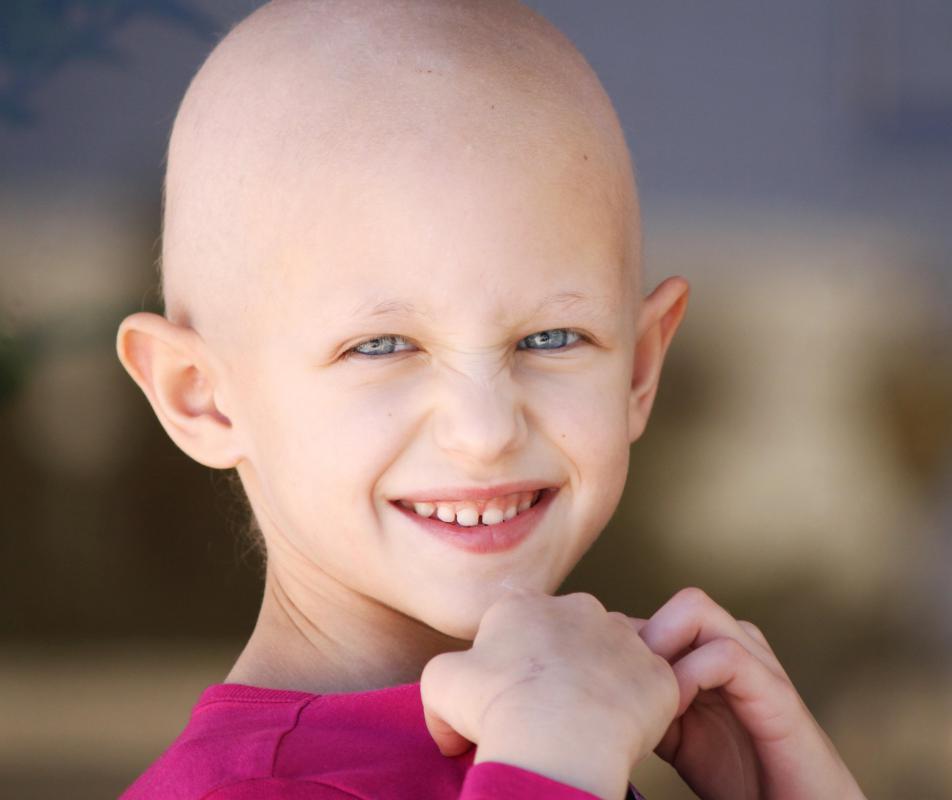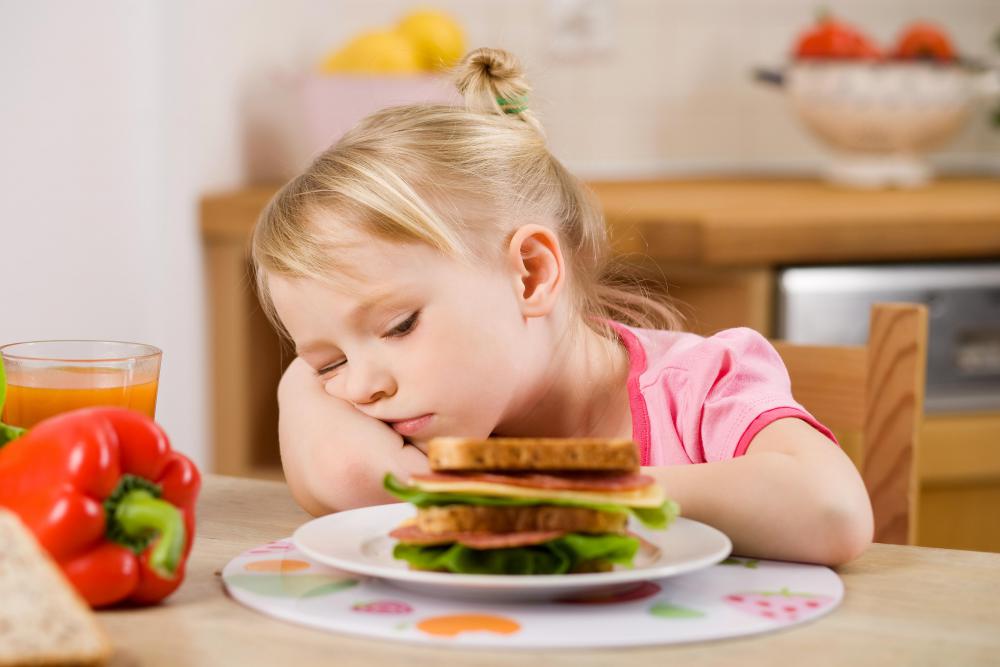At WiseGEEK, we're committed to delivering accurate, trustworthy information. Our expert-authored content is rigorously fact-checked and sourced from credible authorities. Discover how we uphold the highest standards in providing you with reliable knowledge.
What are Some Childhood Leukemia Symptoms?
Leukemia is a type of cancer that occurs within the white blood cells. Children who develop leukemia show abnormal amounts of white blood cells in their bone marrow. While white blood cells have the role of protecting our bodies from disease, abnormal white blood cells are defective and overcrowd the bone marrow, interfering with the proper functioning of all blood cells inside the body.
There are two main types of childhood leukemia. Acute lymphocytic leukemia (ALL) can appear and worsen rather quickly. The symptoms associated with acute lymphocytic leukemia can appear quickly as well. Acute lymphocytic leukemia accounts for approximately 80% of all childhood leukemia cases and is sometimes known as lymphoid leukemia or lymphoblastic leukemia.

Acute myelogenous leukemia (AML) is a slower forming type of leukemia, and a doctor can sometimes diagnose this leukemia before any symptoms have even appeared. Acute myelogenous leukemia accounts for approximately 20% of all childhood leukemia cases and is sometimes referred to as myeloid, myelocytic, myeloblastic or granulocytic leukemia. A type of leukemia called chronic myelogenous leukemia (CML), grows slower than AML and has been found in children, although it is extremely rare. This type of leukemia is developed through chromosome rearrangements inside the body.

Childhood leukemia symptoms for AML may include anemia since there is not enough red blood cells to transport oxygen throughout the body. This quick-growing disease can make a child look extremely pale, feel very tired and weak, and they may bleed or bruise easier than other kids their age. Other common childhood leukemia symptoms that accompany all childhood leukemia cases include fever and fatigue.
The child may be prone to frequent infections throughout the body. Lumps may be detected in the groin, stomach, neck or under the arms. The lumps in these areas could be a sign of swollen lymph nodes.

Most childhood leukemia symptoms accompany some sort of pain in the bones and joints. The pain is a result of the bone marrow being overcrowded with defective white blood cells. A child may have a loss of appetite or an upset stomach. They may experience persistent coughing and wheezing. Petechiae, which are tiny red spots found under the skin, is another symptom a child may have.

Any or all of these childhood leukemia symptoms may be a sign that a child's body is being attacked be numerous defective white blood cells and should be seen by a doctor immediately. If childhood leukemia is diagnosed early enough, most cases can be treated and have a positive outcome. The children usually go into remission and live normal, healthy lives.
AS FEATURED ON:
AS FEATURED ON:















Discussion Comments
@feruze-- Well those are a few of possible symptoms of leukemia, but you can't know for sure without blood testing and bone marrow testing.
Does he also bruise or bleed easily? Or do bruises last for a long time and bleeding continues for more than usual? Did he lose his appetite at all and is he losing weight? Does he have joint pain or lumps around his eyes?
These are some other early symptoms of childhood leukemia. And if he has these symptoms (might not have all), definitely go to the doctor as soon as possible. Having blood work done is easy and you will have results back in a day or two. The test results will give you an idea of whether something is wrong or not.
@simrin-- My younger son gets sick often too and he has been very tired lately. I don't know if it's the back-to-back colds and sinus infections he had, or something else. I think he looks pale too. Do you think he has symptoms of childhood leukemia?
I have taken him to the pediatrician several times in the past couple of months, but the doctor never requested blood work. I don't want to freak out and jump to conclusions, but it's not normal for him to be getting sick so much is it?
He is so quiet and doesn't want to play or do anything. It's not like him at all. Should I take him to the pediatrician again and ask for blood work?
My little brother has leukemia and I remember when he was a child, the first symptoms he had was constantly swollen lymph nodes and getting sick all the time.
He would be down with something every other month and missed school often. And my mom started noticing lumps around his lymph nodes that wouldn't go away. The pediatrician had blood work done on him which showed the abnormal blood cell counts. Then he was sent to an oncologist if I remember correctly. He had bone marrow testing done there and several weeks later, we were told he has leukemia.
Post your comments